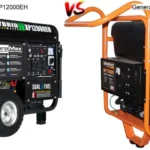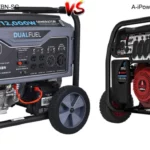Are you looking for the best generator to power your home, job site, or recreational vehicle? If so, our Generator Rating Chart is here to help. This chart offers an unbiased and comprehensive guide to finding the perfect generator for your needs. With this chart, you can unlock the secret to finding the best generator for your situation. Keep reading to learn more!
What Is a Generator Rating Chart?
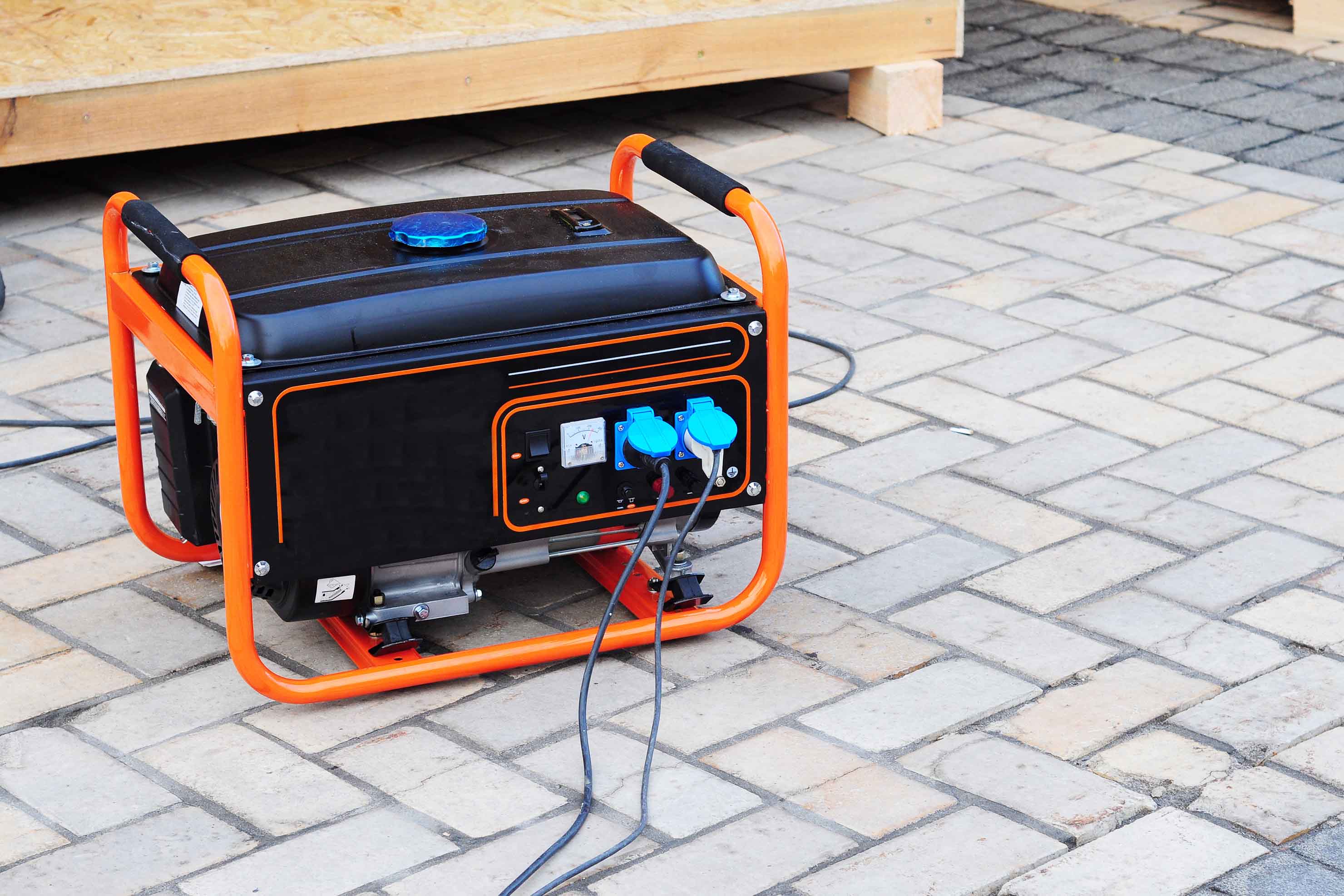
A generator rating chart is a chart that illustrates the efficiency, size, and power output of a generator. It is typically used to compare different generators and determine which one is best suited for a particular application. The chart will typically include information such as the generator’s power output in watts, the size of the generator in cubic feet, and the estimated efficiency of the generator.
The power output of a generator is usually measured in watts. Basically, this means how much power the generator is capable of producing. The size of the generator is usually given in cubic feet, so you can estimate how big the generator will be and if it will fit into the space you have available. The efficiency of the generator is also important to consider, as it will determine how much electricity you will use.
A generator rating chart can be an invaluable tool when shopping for a generator. By comparing different models, you can determine which one is best suited for your needs. Additionally, it can give you an idea of what you can expect in terms of power output, size, and efficiency.
Types of Generator Rating Charts

Generator rating charts are essential tools used to determine the size and type of generator needed for a particular application. Depending on the application, there are different types of generator rating charts available. These include:
1. Standby Rating Chart: This type of generator rating chart is used to determine the size of the generator needed for emergency or standby power applications. It is based on the maximum power output the generator will be required to supply in the event of a power outage.
2. Prime Power Rating Chart: This type of generator rating chart is used to determine the size of the generator needed for continuous power applications. It is based on the maximum power output the generator will be required to supply over an extended period of time.
3. Continuous Power Rating Chart: This type of generator rating chart is used to determine the size of the generator needed for continuous power applications. It is based on the maximum power output the generator will be required to supply over a long period of time.
4. Peak Power Rating Chart: This type of generator rating chart is used to determine the size of the generator needed for peak power applications. It is based on the maximum power output the generator will be required to supply over short periods of time.
5. Load Bank Rating Chart: This type of generator rating chart is used to determine the size of the generator needed for load bank applications. It is based on the maximum power output the generator will be required to supply to a load bank.
Generator rating charts are an invaluable tool for determining the size and type of generator needed for a given application. It is important to use the appropriate rating chart for the application in order to ensure the generator is able to meet the requirements of the application.
Benefits of Using a Generator Rating Chart

Generator rating charts provide a comprehensive overview of the performance capabilities of different types of generators. By using a generator rating chart, you can easily compare the features and performance of different generators, helping you to make an informed decision when purchasing a generator. Here are some of the key benefits of using a generator rating chart:
- Ease of Use: Generator rating charts allow you to quickly and easily compare the performance capabilities of different types of generators. This makes it easier to decide which generator will best suit your needs.
- Accuracy: Generator rating charts are often created by experts in the field, ensuring that the ratings are accurate and reliable. This ensures that you are making an informed decision when selecting a generator.
- Cost Savings: Generator rating charts allow you to compare the cost of different models, helping you to save money by selecting the most cost-effective generator available.
- Energy Efficiency: Generator rating charts can help you compare the energy efficiency of different models, allowing you to select the most efficient generator for your needs.
- Safety: Generator rating charts provide information regarding the safety features of different models, helping you to choose a generator that is safe to operate.
By using a generator rating chart, you can easily compare the performance capabilities and safety features of different models, helping you to make an informed decision when selecting a generator.
How to Read a Generator Rating Chart
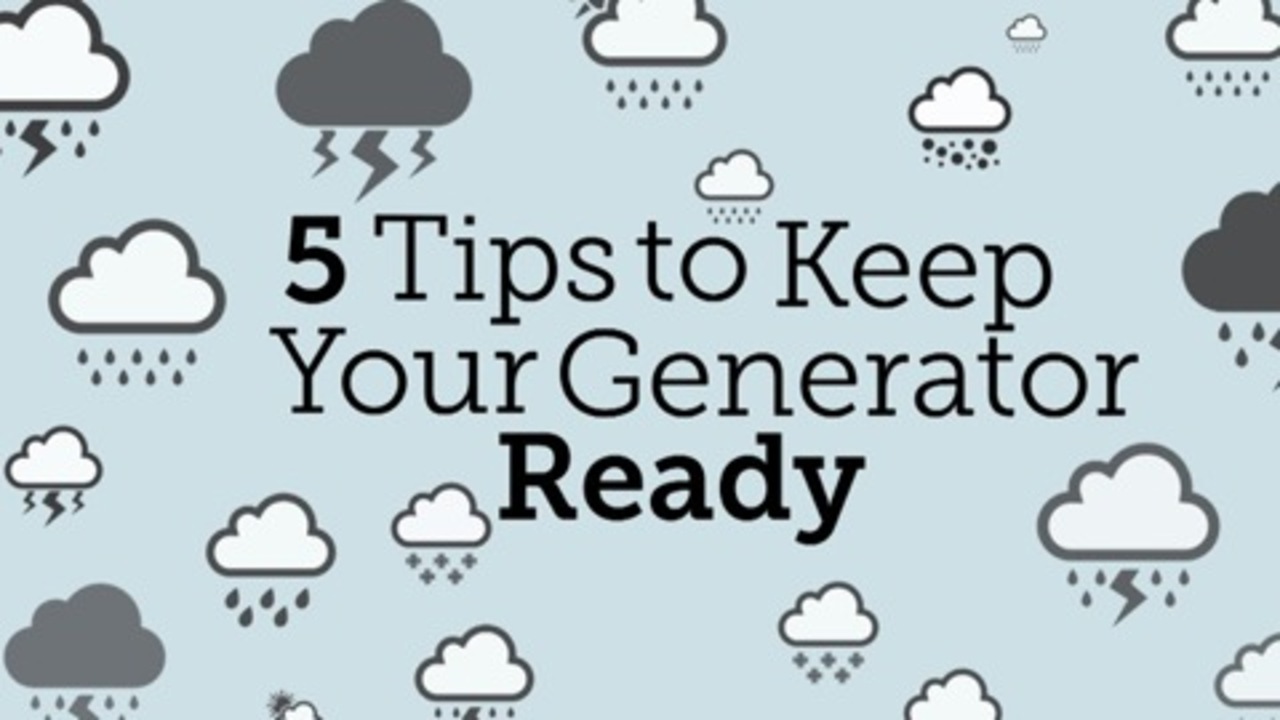
Generator rating charts provide important information about the power output of your generator. Understanding how to read a generator rating chart is essential in order to make the best decision when selecting a generator for your needs.
Generator rating charts are organized by the type of fuel used. For example, gas generators will have a separate chart from diesel generators. Each chart will include different columns of information such as the model name, fuel type, power output (in watts or kilowatts), voltage, and frequency.
| Model Name | Fuel Type | Power Output | Voltage | Frequency |
|---|---|---|---|---|
| Model A | Gas | 7000W | 120V | 60Hz |
| Model B | Diesel | 9000W | 240V | 50Hz |
The power output is the most important part of a generator rating chart. This is the amount of power the generator can produce. Power output is usually measured in watts (W) or kilowatts (kW). Generally, the higher the wattage, the more powerful the generator.
The voltage and frequency columns represent the type of power the generator produces. Voltage is measured in volts (V) and frequency is measured in hertz (Hz). The voltage and frequency of the generator must be compatible with the devices you are powering in order for them to work correctly.
By understanding how to read a generator rating chart, you can make an informed decision when selecting a generator for your needs. It is important to pay attention to the power output, voltage, and frequency of the generator to ensure it is compatible with the devices you are powering.
Generator Rating Chart Considerations
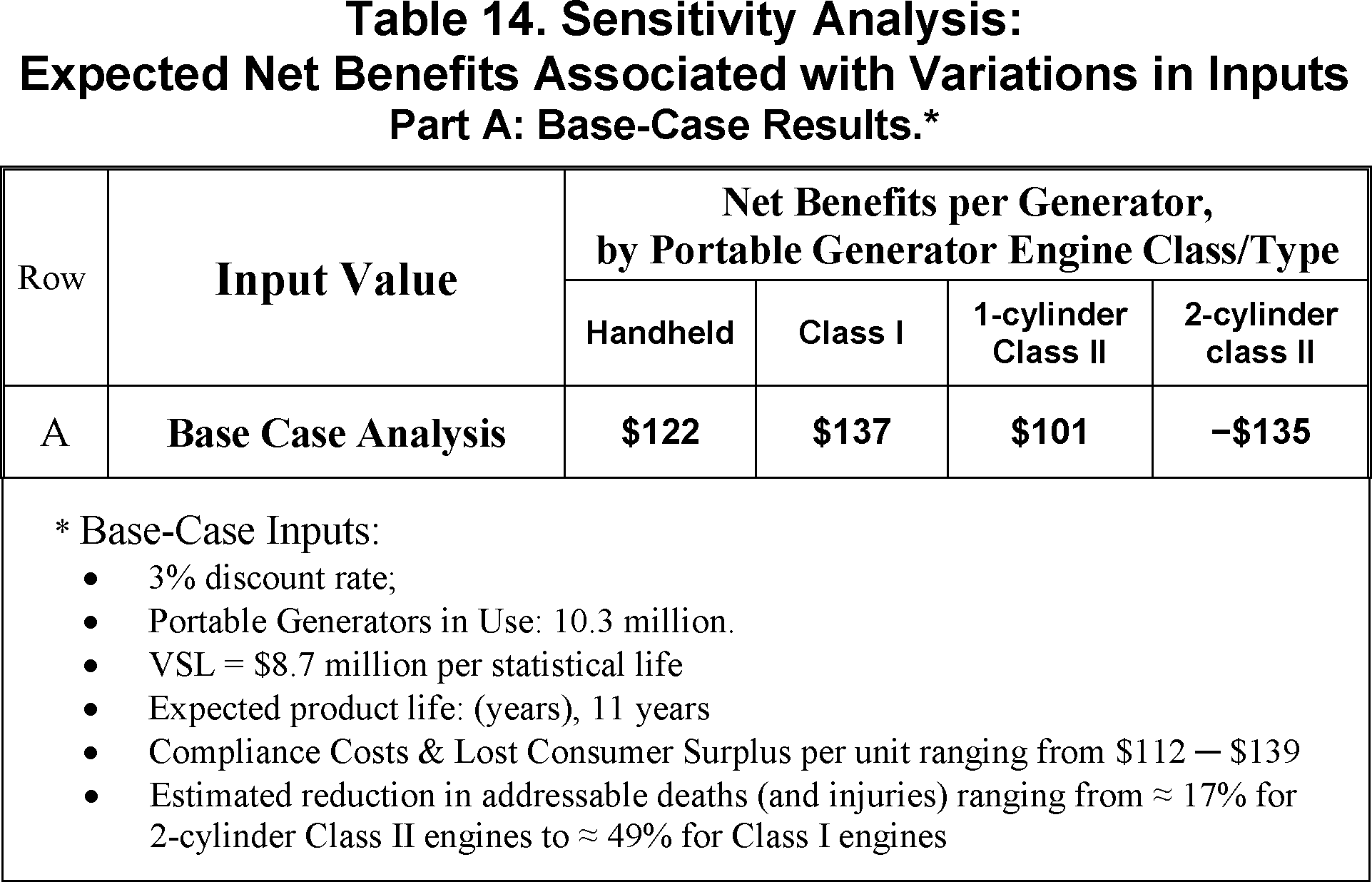
When selecting a generator, it is important to consider a variety of factors, including the generator’s rating chart. A generator rating chart will help you determine the size and power of the generator that is suitable for your needs. Here are some important considerations to keep in mind when reviewing generator rating charts:
- The size of the generator: The size of the generator will determine the amount of power it can produce. Be sure to choose a generator that is large enough to power your needs.
- The type of fuel: Different types of fuel can be used in different types of generators. Be sure to choose a generator that uses the type of fuel you want.
- The cost: Generators can vary in price depending on their size and features. Be sure to compare the costs of different generators to find the one that fits your budget.
- The noise level: Generators can produce a lot of noise when they are running. Be sure to check the noise level of a generator before buying it.
- The emission level: Generators can produce emissions that can be harmful to the environment. Be sure to check the emission level of a generator before buying it.
- The warranty: Warranties can vary greatly depending on the manufacturer and model of a generator. Be sure to compare the warranties of different generators to find the one that best fits your needs.
Generator Rating Chart Examples
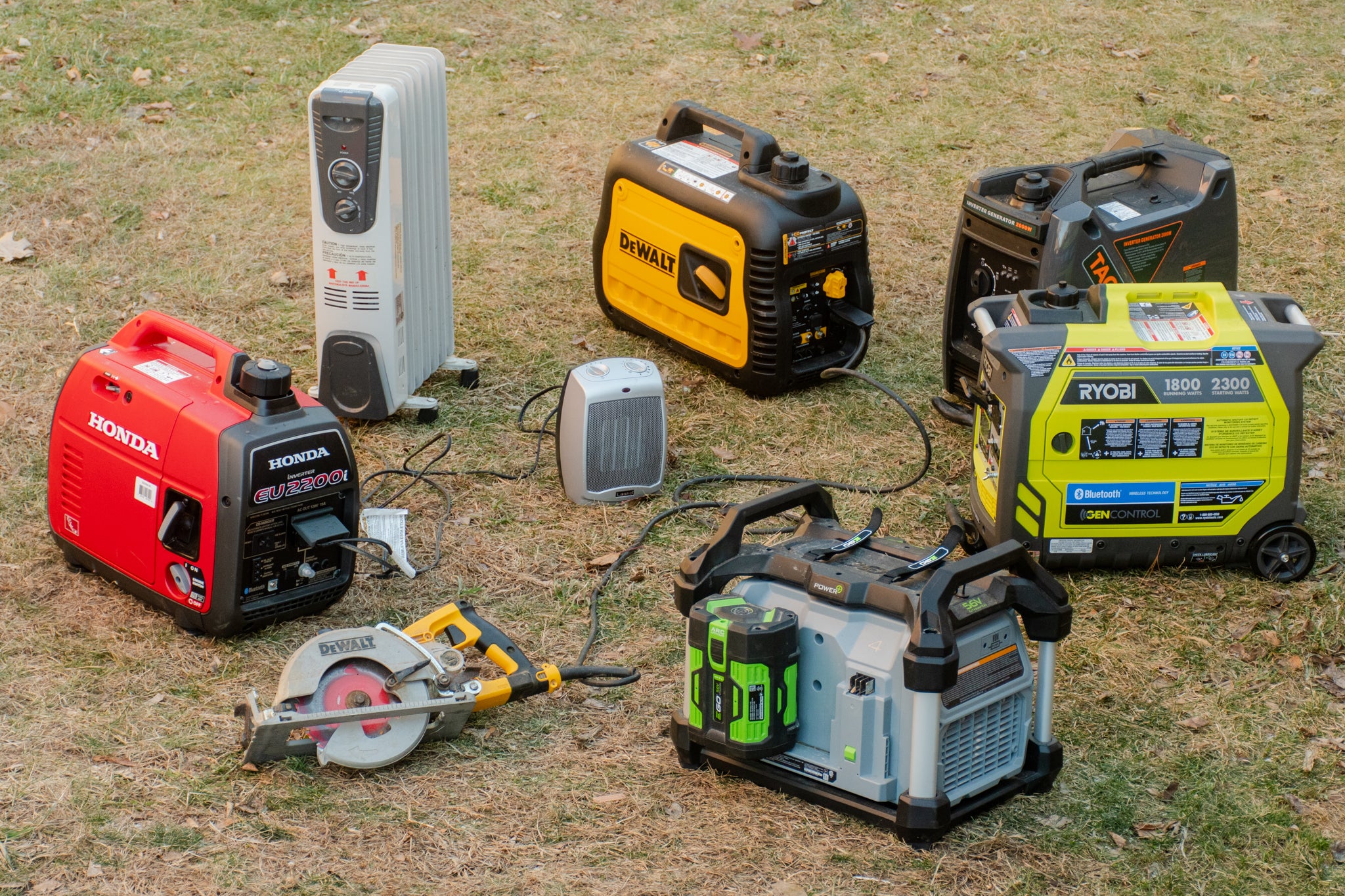
Generator rating charts are an important tool to help you choose the right generator for your needs. They provide a way to compare the performance of different models and brands of generators in terms of their power output, fuel efficiency, noise levels, and other factors. Here are some examples of generator rating charts to help you understand how they work and what they can show you.
The first generator rating chart example shows a comparison of the power output of different models of generators. This chart includes the model name, the wattage of the generator, the number of outlets, and the type of fuel used. The wattage of the generator is the most important factor to consider when choosing a generator, as it determines the amount of power that can be produced. The number of outlets and the type of fuel used will also affect the overall performance of the generator.
The second generator rating chart example shows a comparison of the fuel efficiency of different models of generators. This chart includes the model name, the fuel efficiency rating, and the type of fuel used. The fuel efficiency rating is based on the amount of fuel consumed to produce 1,000 watts of power. The type of fuel used can also influence the overall efficiency of the generator.
The third generator rating chart example shows a comparison of the noise levels of different models of generators. This chart includes the model name, the noise level in decibels, and the type of fuel used. Noise levels are important to consider when choosing a generator, as they can affect the comfort of those using the generator. The type of fuel used can also influence the noise level of the generator.
Generator rating charts are a great way to compare the performance of different models and brands of generators. By looking at the wattage, fuel efficiency, and noise levels of different models, you can make an informed decision about the generator that is right for you.
Common Misconceptions About Generator Rating Charts
Generator rating charts are an essential tool for anyone looking to purchase a generator. They provide essential information about the size and power of the generator, making it easier to select the right model for the job. Despite this, there are some common misconceptions about generator rating charts that can lead to confusion and incorrect purchases.
The first misconception is that the generator rating chart includes all the information required to select a generator. This is not the case; the rating chart only provides basic information such as the size and power of the generator. It does not provide information about the quality of the generator or its features. Additional research must be done to ensure that the generator selected is the best model for the job.
Another misconception is that the generator rating chart is the only source of information about the generator. While the rating chart provides a good starting point for research, it does not include all the details about the generator. It is important to read other sources of information, such as reviews, to ensure that the generator selected is the best option for the job.
Finally, some people assume that the generator rating chart contains all the information about the generator. This is not the case; the rating chart only provides basic information. To find out more information about the generator, such as the warranty, repair costs, and availability, additional research must be done.
By understanding the common misconceptions about generator rating charts, it is easier to make an informed decision when selecting a generator. The rating chart provides basic information about the size and power of the generator, but additional research must be done to ensure that the selected model is the best for the job.
Frequently Asked Questions
1. How can I use a generator capacity chart to find the best generator?
A generator capacity chart can be used to determine the best generator for your power needs. By understanding the generator’s capacity, you can determine the size and power requirements for your home or business.
- Determine the wattage needed for your home or business. This will depend on the type of appliances and devices you plan to power with the generator.
- Check the wattage requirements of the appliance or device you plan to use with the generator.
- Compare the wattage requirements of the appliance or device to the wattage rating of the generator.
- If the wattage requirements of the appliance or device exceed the wattage rating of the generator, you will need to select a more powerful generator.
- If the wattage requirements of the appliance or device are less than the wattage rating of the generator, you can use the generator to power the appliance or device.
- Consider the fuel requirements of the generator and the cost of running the generator.
- Compare the cost and fuel requirements of different generators in order to determine the best generator for your needs.
2. What information can I find on a generator rating chart?
- Generator size and wattage
- Fuel type: gasoline, diesel, natural gas, propane, etc.
- Overall efficiency rating
- Noise rating
- Power output (amps, volts, etc.)
- Maximum output capacity
- Rated operating hours
- Start/stop type
- Startup time
- Safety features
- Weight
- Dimensions
- Warranty information
- Environmental considerations (emissions, etc.)
3. How can the generator rating chart help me choose the best generator?
The generator rating chart is an invaluable tool for anyone looking to purchase a generator. With it, you can easily compare the features and performance of various models, and make an informed decision on which is the best choice for your needs. Here are some ways that the generator rating chart can help you choose the best generator:
- It provides an overview of the features and performance of different models.
- It helps identify the pros and cons of each generator.
- It provides a comprehensive comparison of the generators in terms of their power output, fuel efficiency, noise levels, and other specifications.
- It allows you to compare the cost of various models, so you can make an informed decision based on your budget.
- It is a convenient way to compare different models side-by-side, so you can quickly identify the best choice for your needs.
By using the generator rating chart, you can easily compare the features and performance of different models, and make an informed decision on which is the best choice for your needs. With this tool, you can find the right generator for your needs without spending time researching and comparing each model individually.
4. What does the generator rating chart tell me about generator performance?
The generator rating chart is a useful tool for assessing generator performance. It provides information on the generator’s capacity, voltage, and frequency, as well as the maximum load it can handle. It also provides information on power factor, motor starting capability, and overload protection.
The generator rating chart can be used to compare generator performance across different models. It allows you to quickly identify the best model for your specific needs. Here are some of the key points to consider when looking at a generator rating chart:
- Generator Capacity: This indicates the maximum amount of power the generator can produce.
- Voltage and Frequency: This indicates the voltage and frequency of the generator.
- Maximum Load: This indicates the maximum load the generator can handle.
- Power Factor: This indicates how efficiently the generator converts power.
- Motor Starting Capability: This indicates the type and size of motor the generator can start.
- Overload Protection: This indicates the type of protection the generator has against overloads.
By looking at the generator rating chart, you can quickly identify the best model for your needs and determine which features are most important for your application. This helps to ensure you get the best performance from your generator.
5. What tips can I use to make the most of a generator capacity chart?
- Read the manufacturer’s guidelines to ensure you are using the generator correctly.
- Familiarize yourself with the different ratings and labels used on the generator capacity chart.
- Understand the load limits for each type of generator and use the chart to determine the appropriate size for your needs.
- Take into account any additional loads that may be added to the generator in the future.
- Consider the type of fuel your generator uses and ensure that the capacity of the generator matches the fuel type.
Conclusion
The key to finding the best generator for your needs is to understand your power requirements and read generator ratings carefully. Our Generator Rating Chart will help you compare the wattage, noise level, fuel type, and other features of different models of generators. Once you have narrowed down your choices, you can read customer reviews and compare prices to find the best generator for your needs. With the right information, you can be sure to find the best generator for your home or business.
References
- Generator Buyer’s Guide – Generac Power Systems
- Generator Ratings Explained – Briggs & Stratton
- How to Choose a Generator – Kipor Power Systems
- Generator Power Output Ratings – Northern Tool
- Generator Ratings Explained – Honda Power Equipment

